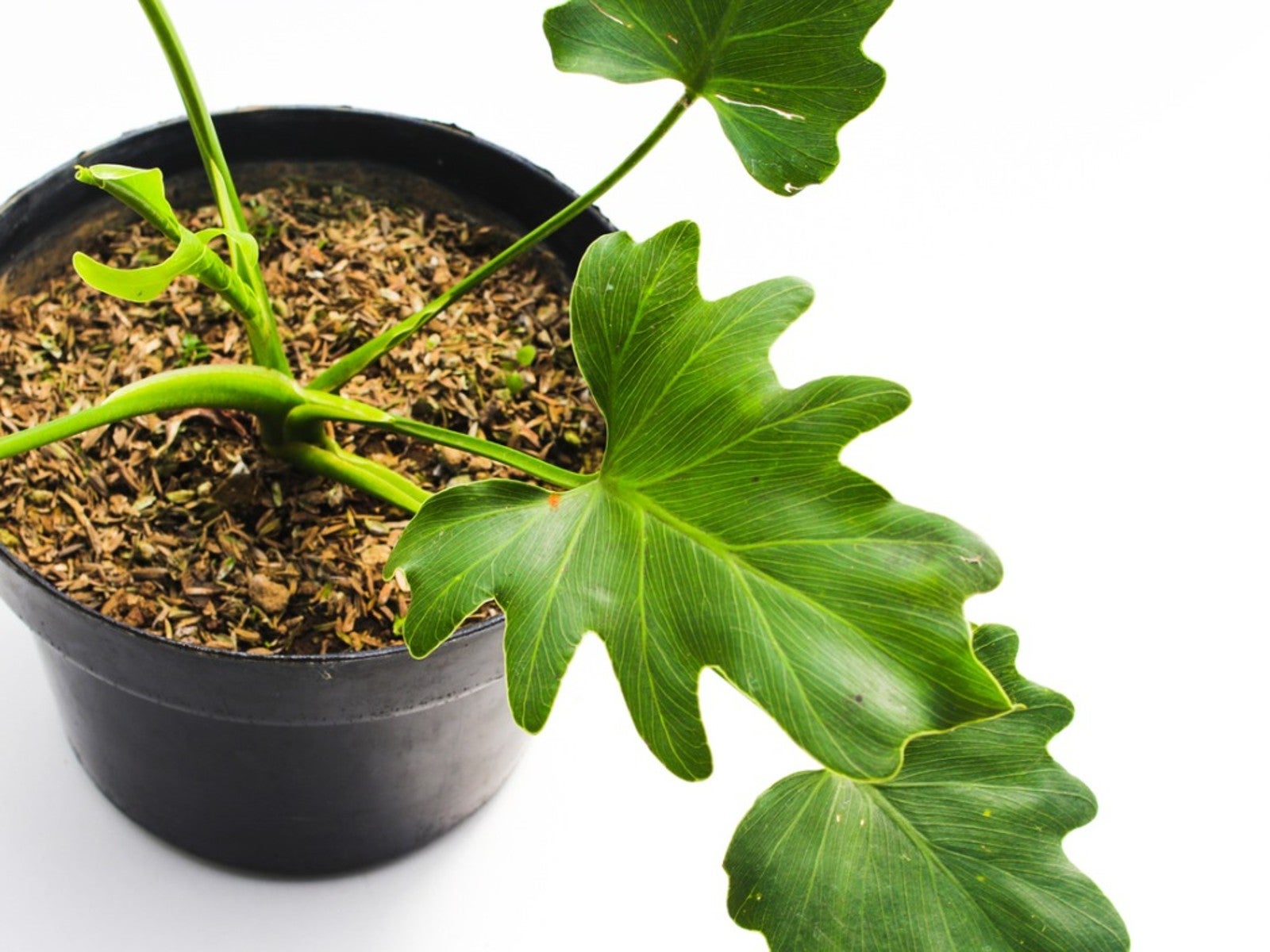How To Grow Philodendrons "Hope" and "Little Hope"


Tree (or hope) philodendron is a large tropical plant often grown indoors as a houseplant.
A newer hybrid, called philodendron little hope, is a smaller version with the same striking leaves but in a more manageable size.
Learn more about philodendron little hope care and regular hope care to enjoy one or more of these tropical beauties in your home.
About the Philodendron Hope Plant
Hope is Philodendron bipinnatifidum, also known as tree philodendron. It’s part of the large group of tropical plants called philodendron. Hope philodendron is native to parts of South America, including Brazil, Argentina, and Bolivia.
Hope philodendron can grow up to 15 feet (4.5 m.) tall outdoors in its native range. As a houseplant, it will max out at approximately 6 feet (2 m.) tall and 8 feet (2 m.) wide.
Although it is called tree philodendron, this is more of a shrub. It grows large, deeply-lobed, and glossy green leaves. Hope is a popular houseplant for these pretty leaves, it’s tropical look, and its low-maintenance needs.
Philodendron Little Hope vs. Hope
A newer philodendron was developed to mimic the appearance of hope but more compactly. Little hope philodendron looks just like its bigger relative, but grows to only one or two feet tall (31-61 cm.) and wide.
Sign up for the Gardening Know How newsletter today and receive a free copy of our e-book "How to Grow Delicious Tomatoes".
Philodendron Hope Care
Care for both hope and little hope is the same and, like with other philodendrons, is mostly hands-off. Start with a high-quality potting soil. Philodendron prefers rich, fertile soil, but it should also drain well. Avoid adding peat moss for drainage, as it will make the soil too acidic.
Light needs for tree philodendron mimic what it would experience in the wild: bright but indirect light or some dappled shade. Choose a sunny window with something to screen the light, like a light shade or curtain. You can place a little hope philodendron under a larger plant in a bright, sunny window to achieve partial shade.
Keep the soil in the container consistently moist but never soggy. The best way to water philodendron is to let the top inch or two (2.5-5 cm.) of soil dry before watering thoroughly. When watering, let some water drain out of the bottom so you know you have soaked the entire root system.
As a tropical plant, your hope philodendron prefers warm, humid air. Even so, philodendron generally tolerates the indoor conditions of most homes, which can be a little dry. Avoid putting your plant in a drafty, cold area or next to a vent with drying air. You can increase the humidity around the plant with a pebble tray under the container. This also aids drainage after watering.
Your philodendron will tolerate a lot of neglect, but it will also benefit from regular feedings. Give it a balanced houseplant fertilizer about once a month during the growing season. Ease back on fertilizer in fall and winter.
Neither type of philodendron requires pruning unless you need to remove any dead leaves or control the size. The larger hope philodendron might get a little floppy as it gets larger. You can trim off some stems or stake them to provide support.
Philodendron Hope Propagation
If you want to share with friends, take cuttings of your little hope or hope philodendron. Make a cut below a node on a stem and place the cutting in water. Place it in a spot with indirect but bright light and wait for roots to form. Once the roots are one or two inches (2.5-5 cm.) long, you can plant the cutting in soil.
Tree philodendron is a great houseplant. It doesn’t require a lot of care and lends a relaxing tropical feel to any room. With two sizes, you have more options and can choose a plant to fit your needs.

Mary Ellen Ellis has been gardening for over 20 years. With degrees in Chemistry and Biology, Mary Ellen's specialties are flowers, native plants, and herbs.